Kashmir’s reputation isn’t simply a result of its breathtaking landscapes, but it’s also steeped in a rich cultural tapestry that’s been woven over centuries. The region’s formidable mountains, tranquil valleys, and serene lakes beckon adventurers, while its vibrant festivals, timeless music, and intricate handicrafts draw in those with a penchant for cultural immersion. Meanwhile, the unique and flavorful cuisine provides a gastronomic experience that’s hard to forget. Yet, there’s so much more to explore and understand about what makes Kashmir truly special.
Why is Kashmir famous for its stunning landscapes
Kashmir’s fame isn’t just about its rich cultural heritage and traditions; the region’s stunning landscapes play a significant role too.
These breathtaking vistas make it a top destination for adventure tourism, drawing visitors from around the globe.
Let’s explore what makes these landscapes so captivating and how they contribute to Kashmir’s fame.
Kashmir famous for its cultural heritage and traditions
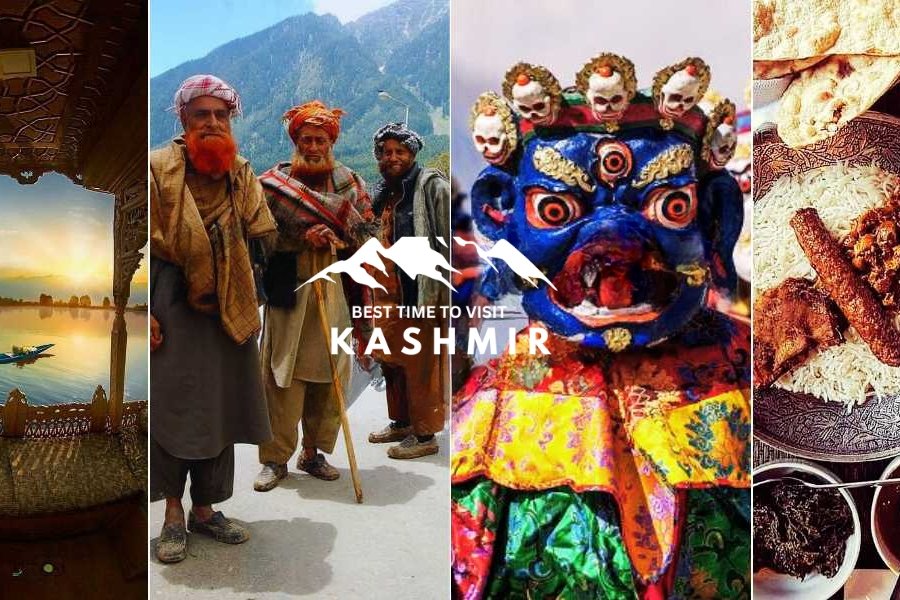
Brimming with cultural richness and age-old traditions, Kashmir stands as an emblem of vibrant heritage. Its culture, steeped in history, is a colorful mosaic of music, dance, cuisine, and crafts, reflective of its diverse ethnicities and religions.
Kashmir’s music, for instance, is renowned for its soothing Sufi melodies that reverberate in every corner, echoing tales of love, faith, and mysticism. The music is often accompanied by traditional Kashmiri dances like the Rouf, a graceful and rhythmic dance performed by women during festivals.
In terms of cuisine, Kashmir is famous for its Wazwan, a multi-course meal that hinges on meat dishes, a testimony to the region’s culinary prowess. Its aromatic spices and flavors are a delight for any food lover.
Moreover, Kashmir’s handicrafts, such as the delicate Pashmina shawls, intricate papier-mâché, and fine carpet weaving, are a testament to the region’s artistic skills. These crafts are deeply rooted in Kashmir’s history, passed down through generations and cherished worldwide.
In essence, Kashmir’s culture and traditions aren’t just aspects of its identity; they’re a living, breathing narrative of its people. It’s an enduring legacy that continues to captivate, intrigue, and inspire.
[NEXT SUBTOPIC]:
What makes Kashmir a top destination for adventure tourism.
What makes Kashmir a top destination for adventure tourism
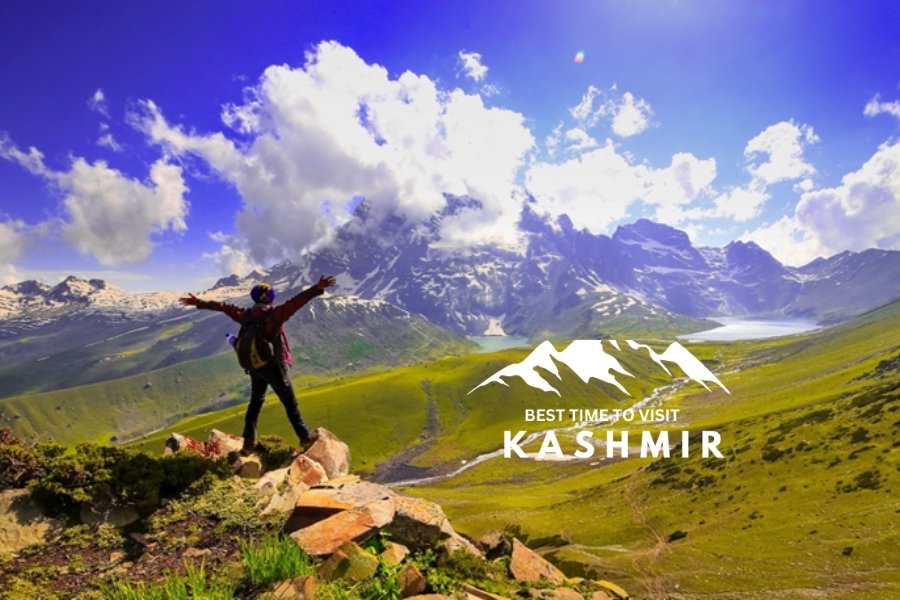
Kashmir’s allure extends far beyond its stunning landscapes, enticing adventure seekers worldwide.
It’s not just the natural beauty, but also the rich history, famous landmarks, and traditional crafts and textiles that make it a must-visit.
Furthermore, the spiritual retreats and wellness programs add to the region’s charm, turning Kashmir into an impactful destination for holistic exploration.
Kashmir’s historical significance and famous landmarks
Though it may be small in size, the region of Kashmir is a treasure trove of historical significance and stunning landscapes.
Its rich history is evident in landmarks like the grand Mughal Gardens and the ancient Shankaracharya Temple.
These sites, alongside Kashmir’s natural beauty, make it a captivating destination.
It’s the blend of cultural heritage and scenic vistas that truly sets Kashmir apart.
Why Kashmir is known for its traditional crafts and textiles
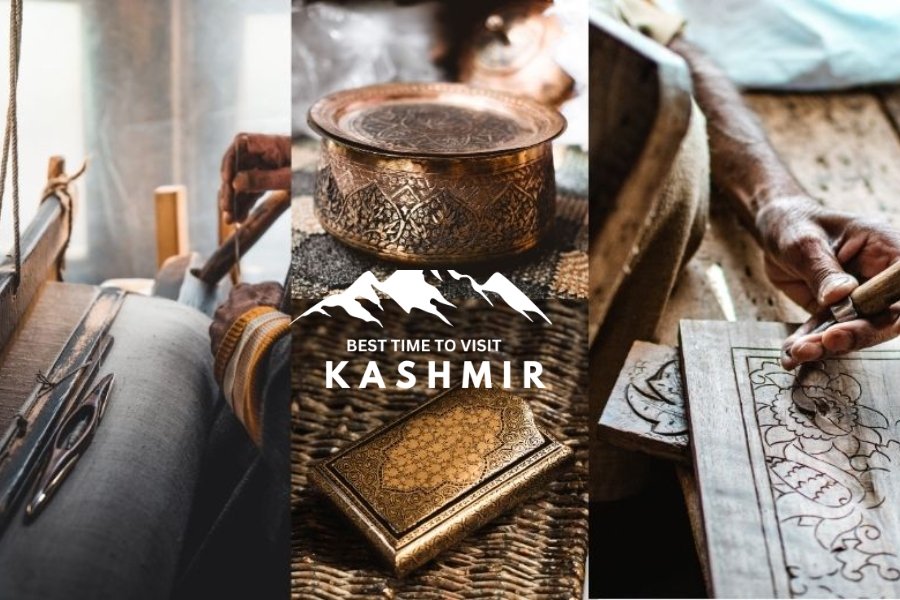
Moving beyond its historical landmarks, there’s another facet of Kashmir that catches worldwide attention – its traditional crafts and textiles.
Famed for its Pashmina shawls and intricate carpet-weaving techniques, Kashmir’s craftsmanship is unparalleled. These crafts, passed down through generations, are a testament to the region’s rich cultural heritage.
The vibrant textiles, enriched by unique designs, hold a special place in global fashion, making Kashmir a must-visit for textile lovers.
Spiritual retreats and wellness in Kashmir
Nestled in the lap of the Himalayas, Kashmir is a spiritual sanctuary and an adventurer’s paradise.
It’s renowned for serene monasteries and rejuvenating wellness retreats that offer meditation and yoga sessions amidst its tranquil landscapes.
The region’s natural beauty enhances these spiritual pursuits, making it a top destination for those seeking peace, wellness, and a connection with nature.
Wildlife and biodiversity in Kashmir
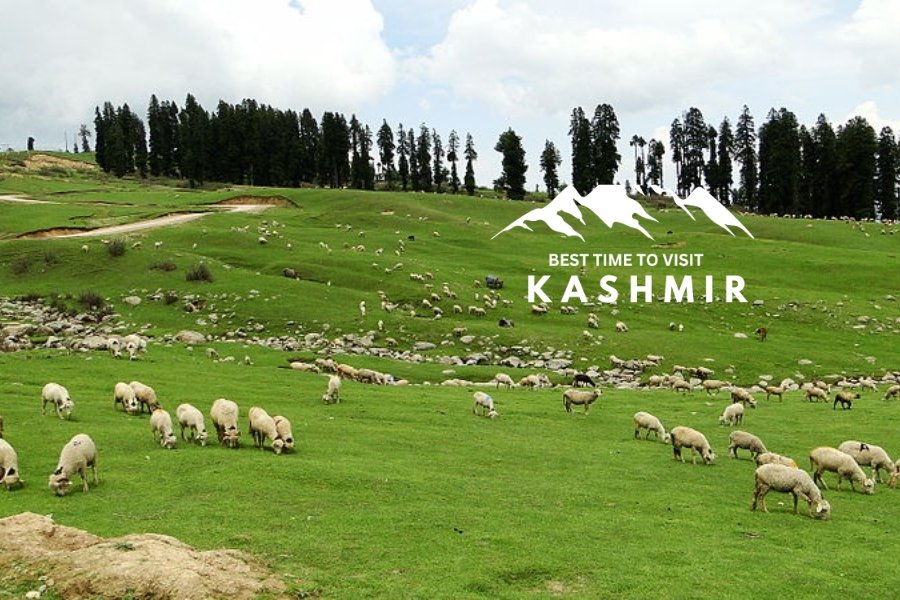
Kashmir’s wildlife and biodiversity aren’t just about aesthetics; they hold significant importance.
Their rich and varied forms contribute to the uniqueness of the region and have a deep connection with local traditions.
The significance of this biodiversity can also be seen in the numerous festivals celebrated in Kashmir, each with its own unique story.
Why is it important
Brimming with a rich variety of flora and fauna, the verdant valleys of Kashmir contribute significantly to its importance. This region’s biodiversity acts as a crucial lifeline for the local communities, providing them with food, medicine, and livelihood opportunities. It’s a vital source of timber and non-timber forest products that support the economy.
Kashmir’s wildlife and biodiversity aren’t merely resources; they’re also an integral part of the region’s cultural identity. Residents live in harmony with nature, their traditions and customs interwoven with their understanding and respect for the environment. This relationship enhances the region’s socio-cultural fabric and fosters a sense of pride and belonging.
Moreover, Kashmir’s biodiversity plays a pivotal role in maintaining ecological balance. The region’s forests act as carbon sinks, helping to mitigate climate change. The diverse species found there contribute to pollination, pest control, and waste decomposition, essential ecosystem services that maintain the health of the planet.
However, this rich biodiversity is under threat from deforestation and climate change. Protecting Kashmir’s wildlife and biodiversity isn’t just vital for the region; it’s crucial for global environmental stability.
Hence, it’s essential to prioritize conservation efforts, to ensure the sustained wellbeing of both local communities and the planet.
Famous festivals celebrated in Kashmir and their significance
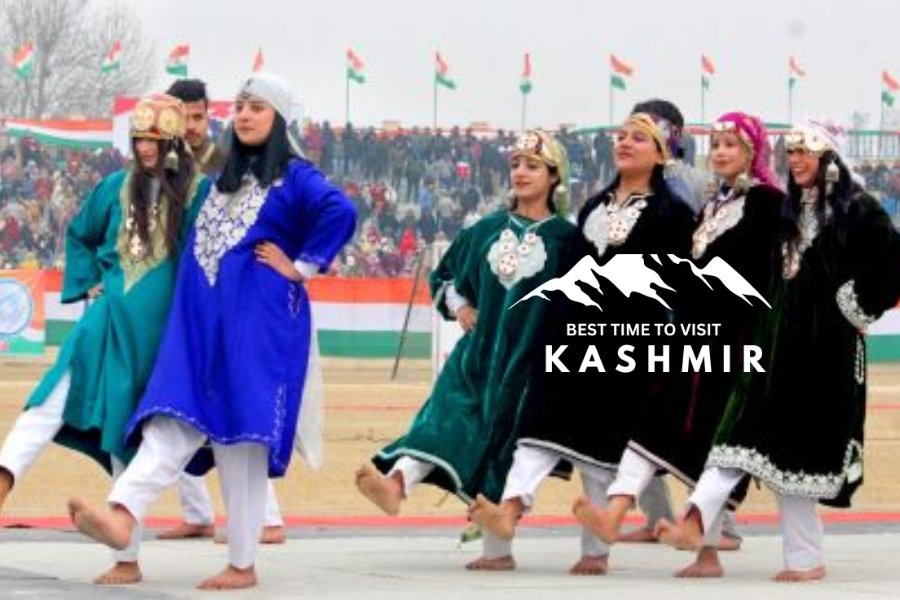
A plethora of vibrant festivals dot the calendar in Kashmir, each imbued with deep cultural and historical significance. Foremost among these is Eid-ul-Fitr, marking the end of Ramadan. It’s a joyous occasion, with Muslims offering prayers at mosques, feasting on traditional delicacies, and exchanging gifts.
Navroz, the Persian New Year, is another notable festival, celebrated with gusto by the Shia community. It’s a time of renewal, involving house cleaning, wearing new clothes, and indulging in special dishes like Pulao.
The Tulip festival, celebrated in spring, showcases the region’s stunning flora. The Indira Gandhi Memorial Tulip Garden, Asia’s largest, bursts into a riot of colors, attracting tourists from around the globe.
The Hindu community celebrates Shivratri, honoring Lord Shiva, with fasting, night-long vigils, and the offering of walnut-filled ‘Vatuk’ to Shiva.
These festivals aren’t just about revelry; they’re a testament to Kashmir’s rich cultural mosaic. From the Muslim community’s Eid-ul-Fitr and Navroz to the Hindu’s Shivratri and the region-wide Tulip festival, each celebration reflects a unique aspect of Kashmiri heritage, underscoring the region’s pluralistic ethos.
Kashmir’s unique cuisine: What dishes are popular

Nestled in the heart of the Himalayas, Kashmir boasts a rich culinary tradition that has captivated food enthusiasts worldwide. This region’s cuisine draws heavily from its cultural heritage, offering a unique blend of flavours that’s as diverse as it’s tantalizing.
Undoubtedly, the star of Kashmiri cuisine is ‘Rogan Josh’, a delectable lamb curry characterized by its deep red colour and aromatic spices. It’s a dish that’s both hearty and comforting, perfect for the region’s chilly winters.
Another popular dish is ‘Yakhni’, a yogurt-based mutton dish that’s subtly flavoured and soothing. The use of fennel seeds and dried ginger gives this dish a distinct taste that’s hard to resist.
For the vegetarians, there’s ‘Dum Aloo’, a spicy potato dish cooked in a thick gravy. It’s a simple dish, yet its robust flavours make it a favourite among locals and tourists alike.
Kashmir’s iconic mountains:
![]()
No discussion about Kashmir’s fame would be complete without mentioning its iconic mountains.
These majestic peaks are a magnet for tourists and trekking enthusiasts worldwide, not only for their natural beauty but also for their role in the production of the esteemed Pashmina shawls, a significant element of Kashmiri culture.
This section will explore why these mountains hold such allure and importance.
Why do tourists flock here
Majestic peaks of the Himalayas draw tourists to Kashmir like a magnet. It’s the allure of these towering mountains, coupled with the valley’s breathtaking beauty, that makes it a haven for travelers. They come in droves, not just for the promise of adventure, but for the tranquility that the landscape provides.
The mountains’ snow-capped peaks, reflected in the placid waters of the region’s lakes, paint a picture that’s nothing short of a masterpiece. Tourists can’t resist the opportunity to revel in the spectacle that the mountains offer, especially during sunrise and sunset when they take on a golden hue.
Aerial views from cable cars in Gulmarg or Pahalgam provide a panoramic spectacle of the mountains, making the heart pound in awe of nature’s grandeur. It’s these moments that make one’s journey to Kashmir worthwhile.
Kashmir’s mountains are also home to a plethora of flora and fauna that provide an added attraction for tourists. The sight of them in their natural habitat enhances the beauty of the mountains, making them even more irresistible.
Tourists don’t just visit Kashmir; they get mesmerized by it, thanks to the charm of its mountains.
Why is Kashmir a popular destination for trekking enthusiasts

Trekking enthusiasts find their paradise in Kashmir’s iconic mountains. The region’s diverse terrain, from steep inclines to gentle slopes, cater to both beginners and experienced trekkers. Its snow-capped peaks, crystal clear streams, and lush alpine meadows offer a mesmerizing backdrop for any adventure.
Kashmir boasts several popular trekking routes, each with its unique charm. The Great Lakes Trek, for instance, captivates with its series of high-altitude lakes, while the Tarsar Marsar Trek is famed for its breathtaking vistas of pine forests and mountain lakes. For the more experienced, the challenging Kolahoi Glacier Trek provides an unparalleled adrenaline rush.
Trekking in Kashmir isn’t just about the physical challenge, it’s also an immersive cultural experience. Along the routes, trekkers get a glimpse into the simple, pastoral life of the locals. They’re likely to come across shepherds herding their flocks, children playing in fields, and villagers going about their daily routines.
Despite the region’s political turmoil, Kashmir remains a haven for trekking enthusiasts. The majesty of its mountains continues to call out to those seeking an adventure of a lifetime. It’s no wonder Kashmir holds a special place in the heart of every trekker.
The significance of Pashmina shawls in Kashmiri culture
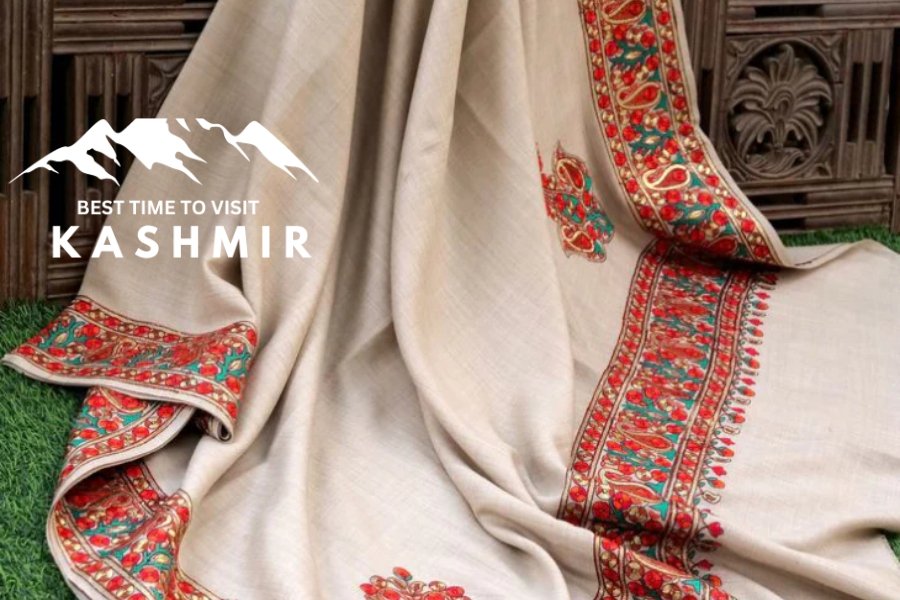
Woven into the very fabric of Kashmiri culture, the Pashmina shawl represents the region’s rich heritage and exceptional craftsmanship. Originating in the 15th century, these shawls are painstakingly handwoven by skilled artisans. The Pashmina wool, sourced from Changthangi goats, is celebrated for its unrivaled softness and warmth.
The shawl’s significance goes beyond its practicality. It’s a symbol of status, luxury, and elegance. Traditionally, brides adorn Pashmina shawls as part of their wedding attire, signifying prosperity and good fortune. They’re also presented as gifts on special occasions, serving as tokens of respect and affection.
Pashmina shawls aren’t just products; they’re deeply rooted in Kashmir’s identity. Artisans’ meticulous attention to detail, their delicate embroidery, and the intricate patterns reflect the region’s cultural aesthetics and values.
In recent years, Pashmina’s global recognition has surged. However, the industry’s survival depends on preserving traditional methods and ensuring fair trade for artisans. It’s a delicate balance between maintaining cultural integrity and adapting to market demands.
In essence, the Pashmina shawl symbolizes Kashmir’s resilience and creativity. It’s a testament to the region’s enduring spirit, which continues to weave stories of its rich past into every thread.
Why is Kashmir a hub for spiritual seekers and meditation

Nestled in the heart of the Himalayas, Kashmir has long been a sanctuary for those seeking spiritual enlightenment and peace.
It’s a confluence of different faiths and philosophies, making it a melting pot for spiritual seekers from all walks of life.
The serene beauty, majestic mountains, and tranquil lakes offer a perfect setting for meditation, drawing people towards inner peace.
The region’s numerous ashrams and meditation centers provide platforms for spiritual learning and practice.
Kashmir’s rich spiritual heritage is steeped in Sufism, Buddhism, and Hinduism.
The Rishis, or sages of ancient times, chose this land for penance and meditation, imparting a unique spiritual character to the region.
The region’s Sufi culture is also a major draw, with the shrines of Sufi saints attracting seekers from around the globe.
Particularly noteworthy is the Amarnath Yatra, a Hindu pilgrimage to a sacred cave, believed to be the abode of Lord Shiva.
This journey is seen as a path to self-realization.
Frequently Asked Questions
What Are the Traditional Clothing Styles of Kashmir?
Kashmir’s traditional clothing styles are renowned for their elegance and comfort.
Men usually wear a Pheran, a loose gown falling to the ankles.
Women’s Pheran are more elaborate, often adorned with intricate embroidery. They also wear a headscarf known as a Kasaba, which is embroidered in gold and silver thread.
The blend of cultural influences and local craftsmanship make Kashmiri attire truly unique.
It’s a reflection of the region’s rich heritage.
How Has the History of Conflict Influenced Kashmirs Culture?
Kashmir’s history of conflict has significantly shaped its culture.
It’s led to a fusion of diverse influences, creating a unique blend of traditions and arts. The turmoil’s encouraged resilience and unity, strongly reflected in their music, literature, and cuisine.
However, it’s also spawned a sense of melancholy, often depicted in their art and poetry.
Despite the challenges, Kashmir’s culture remains vibrant, symbolizing the indomitable spirit of its people.
What Are Some Popular Festivals Celebrated in Kashmir?
Kashmir’s vibrant culture is marked by various unique festivals. They’re known for celebrating Eid-ul-Fitr and Eid-ul-Adha with great enthusiasm.
The Tulip festival, attracting tourists for its dazzling display of flowers, is another notable event.
Navroz, or the Persian New Year, is highly anticipated.
The Gurez Festival showcases their traditional music and dance.
These celebrations unite Kashmiris, and they’re a testament to the region’s rich cultural heritage.
What Is the Significance of Saffron in Kashmirs Economy?
Saffron’s significance in Kashmir’s economy is immense.
It’s one of their most important cash crops. They’ve been cultivating it for centuries, and it’s considered the world’s best. It adds great value to their economy, offering jobs and aiding in their GDP.
Plus, it’s a big part of their cultural identity. So, it’s not just about money, it’s about preserving their heritage too.
That’s why saffron’s so important to Kashmir.
What Are the Popular Handicrafts and Products Made in Kashmir?
Kashmir’s known for its unique handicrafts.
They’ve got intricate woodwork, called Walnut Wood Carving, and stunning Pashmina shawls.
Papier-mâché, an art form where paper’s molded into decorative items, is also popular.
Kashmir’s also famous for its woven carpets, boasting intricate designs.
Additionally, they’re known for Kani shawls, made from Pashmina wool.
These items not only reflect the region’s rich culture, but also contribute significantly to its economy.
Conclusion
Kashmir’s fame is well-deserved. It’s a perfect blend of stunning landscapes, vibrant culture, and diverse wildlife. Its cuisine, with dishes like Rogan Josh, tantalizes the palate while the iconic mountains offer adventure. The region’s spiritual avenues provide peace and tranquility. Whether you’re an adventurer, a foodie, or a seeker of peace, Kashmir has something captivating to offer. It’s this unique fusion that makes Kashmir a must-visit destination.

